6. Days of Heaven (1978)
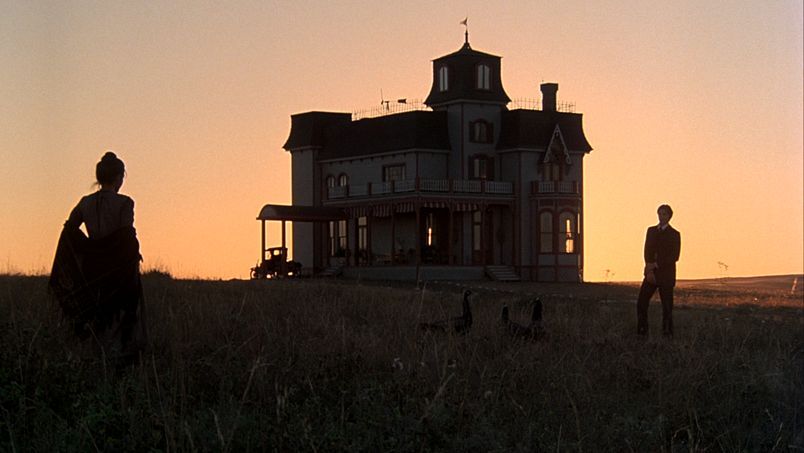
A slight notch up from the previous listing in terms of simplicity, Terrance Malick explores a love triangle in early 20th century in Texas. But as any devout fan of Malick – you get poetry, philosophy, and cinematic language of the minimal.
Malick explores one question of a woman loving two different men from completely different sides of statures of life. The end result being a series of stunning mise – en – scene of magic hour infused with voice over where every frame could be put in the Louvre. Malick wastes no frame to explore how two opposing worlds can exist in such a tight proximity of time and space amongst three people.
Yes the film is a period piece, has dozens of extra, trains, etc. but all Malick really needed was four people and a house on the prairie. He explores one question of where a woman’s true love actually lies? But out of this one question – we see the many sides of nature, the multi-dimensional aspects of a relationship, and complex human condition, seen from a girl’s perspective to importantly note.
Malick doesn’t get held up in conversation between Bill and Abby or Abby and the Farmer – he rather paints them physically moving in the field, around the house, or in other ways to show the progression of their independent relationships.
Nestor Almendros and Haskell Wexler’s cinematography and Ennio Morricone’s score states a lot of the expressions what the characters feel because they don’t have to link crazy ideas together, the placement of the actors and post-production work of voiceover allowed them to discover their language, of course heavily guided by Malick.
With a love triangle and no political or social force trying to keep the three leads apart, the film solely focuses on the relationship. And out of that, the crafting of this film is truly loyal to the values of the cinema.
7. Taxi Driver (1976)
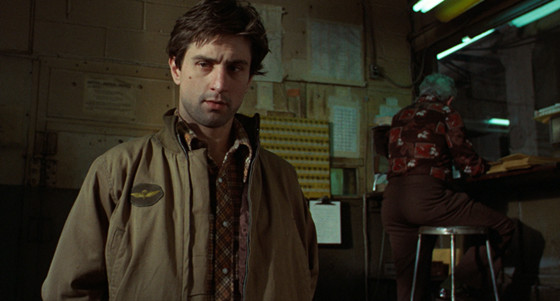
A lonely taxi driver veteran tries to rescue an underage prostitute from her pimp while down spiraling in his own inner psychological turmoil with an attempted political candidate assassination and failed attempt at romance in the underbelly of New York. Try just the story of man trying to exist, that’s it, it’s the story of a lonely man trying to exist.
Scorsese states it best on story vs. plot with “The films that I constantly revisited or saw repeatedly held up longer for me over the years not because of plot but because of character, and a very different approach to story”. And that’s what he focuses on here, the character of Travis Bickle in this ever alienating, sewer of a corrupt world.
With Schrader’s script and Scorsese’s direction we literally just follow Bickle for the first hour of the film coming in contact with people we’ll see later on. Scorsese uses Hermann’s jazzy score with slow motion scenes, Chapman’s cinematography of a lost Times Square, and of course, the camerawork to explore the loneliness of this man.
About halfway through the film in terms of voiceover, Bickle literally states ‘there is a change’ and that’s when he begins his attempt to rescue Iris. There is literally no story or plot, just a character and by this Scorsese has sucked us into this realm.
Take for example when Bickle is on the phone having a conversation and trying to make a connection – what does Scorsese do? – the camera dollies away from him to visually show an awareness of Bickle’s isolation, he’s not even substantial enough to frame the scene. Stunning use of many examples of camerawork and editing to show the stream of consciousness of the protagonist.
By having Robert de Niro at the center literally just telling us his thoughts as he drives around the creatures of the night, we get a cinematic masterpiece. Scorsese turned Schrader’s distant, observational and Bressonian script into an subjective, intimate character study of a man resulting in a film we have become obsessed with in the world of cinema.
8. Le Quattro Volte (2010)
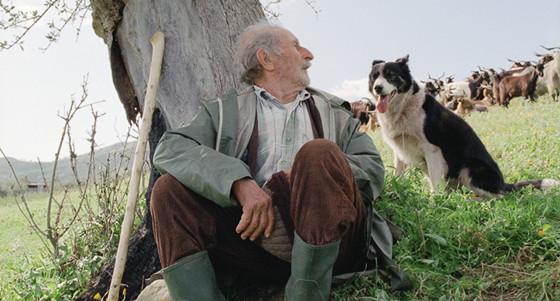
How can a film with no dialogue explore the birth, death, and transformation of nature on earth in under 90 minutes? Well, Michelangelo Frammartino created a film that does just that in the Calabria region of Italy. The film translates to ‘The Four Times’ and we witness four independent stories that are unified in one such way.
Without revealing too much of the story, the film is separated into four parts that focuses on an elderly goatherder, a goat, a tree, and minerals. Frammartino unfolds the film in four stories as the audience is left to make the connections through his use of natural sounds, motif of recurring frames, and the progression of the natural elements on this earth.
No dialogue is spoken throughout the film because Frammartino respects his audience too much to follow the path and transitions of the film. Words honestly fail describing this non-verbal poetic film. One must truly see how he uses the simplest natural elements of a goat and tree to explore the transformations and progression of all things connected to on this earth.
He didn’t need actors, elaborate set and production design, or millions of dollars to explore an idea. He used the basic elements of the cinema – sound and image – and created a lasting impression of the cycle of life and interconnectedness of all things on this earth thus proving a film with the absolute minimal approach can be truly cinematic and lingering in one’s mind forever with repeating questions.
9. Mommy (2014)
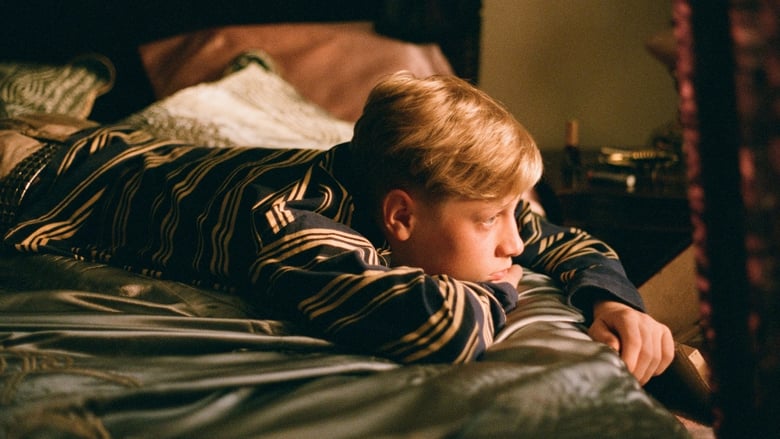
Mommy. The story of a mom raising her son with the help of a neighbor. We’ve seen coming of age films, parent – child relationships, troubled youth, mental illness and so on before and done to an extant. But for Xavier Dolan, he focuses on the connection amongst three people in pure cinematic realism.
Every single department for story telling is used here – the production design, the costumes, music, color, editing, etc. However, one thing as most viewers should notice at first frame, we see the 1:1 ratio of the film. Why? To show the limitations of these characters and how they are troubled by internal and external forces that are explored in the film. He’s not focused on crazy world events despite an opening prologue – it’s just about people trying to live.
As when films reach an emotional climax, transition, or high point in a film, you can feel it in your bones. There are several of these moments in this film, take the use of ‘Vivo Per Lei’ in a karaoke bar but it’s the use of color, camerawork, and framing for two scenes that show how Dolan used relationships being used on screen to create a true cinematic wonder.
The film changes from the 1:1 ratio to 1:85 ratio at these points. The first is when the three characters have things going for them in their life. They are optimistic and hopeful to eventually have real life come crashing down on them resulting in that frame shrinking as it recently exploded open moments ago.
But for the second use, we get Die’s dream for her son and an all too perfect ending going in and out of focus of her dream and frame ratio slips back into reality, all set hypnotically to Ludovico Einaudi’s ‘Experience’. This montage and sequence alone could be the inclusion on this list but in the end, Dolan uses the tools of the cinema of simple storytelling.
Dolan told a story about the connection and relationship between mother and son. That ’s it. Nothing more. But through his uncompromising vision of this relationship, he creates a masterpiece in the simplest terms.
10. Y Tu Mama También (2001)
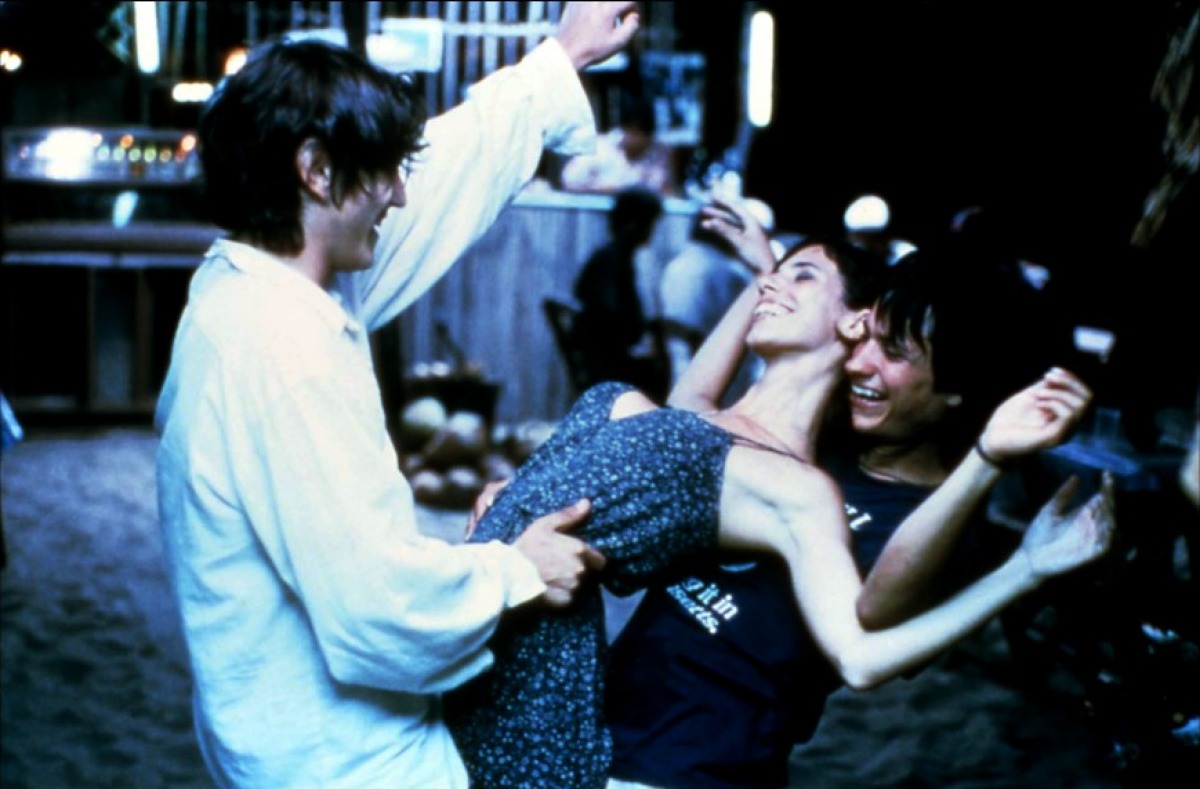
Alfonso Cuaron wanted to make a film avoiding elements from his previous two Hollywood efforts. He wanted a bare bone documentary like approach based on a story he had before film school – a road trip to a beach. Out of this one element, you get geopolitics, Mexican class structure, male friendship, and a whole lot of erotic, sensual desire.
Cuaron’s focus wasn’t on the subtext of the narrative but the freeness from previous projects. He truly learned to shape his filmic elements with this film – using long takes, stunning Lubezki’s natural cinematography, and strong performances in a specific atmosphere and tone. Out of the genre road trip comedy-drama, there is a tremendous amount of elements to express the ambiguity and reckless of the trio.
For example, has a pool filled with leaves and no sun on it while the two friends are at heightened contradictory emotion seem so beautiful? Or a handheld camera weaving through Mexico City’s houses, a car, or the beach seem so elegant and perfect? Drunken toasts on sexual comparisons? Cuaron was pulling tricks out of bags like a brief moment of silence before a voice over begins – even one that explains the outcome of secondary characters we’ll never see again.
The film is one to be experienced because you never know what is going to come next. Nothing seems out of place – horses at a wedding, sexuality in a male friendship, drugs, sloppy sex and talk about sex. It all seems perfect and Cuaron was able to get through establishing a narrative of the utmost simplicity. Everything else came out of the story and characters naturally or at least Cuaron made it seem that way.
Sometimes even a genre film can be turned upside and seem completely brand new by the approach and keep it simple to the elements that originally defined a genre.